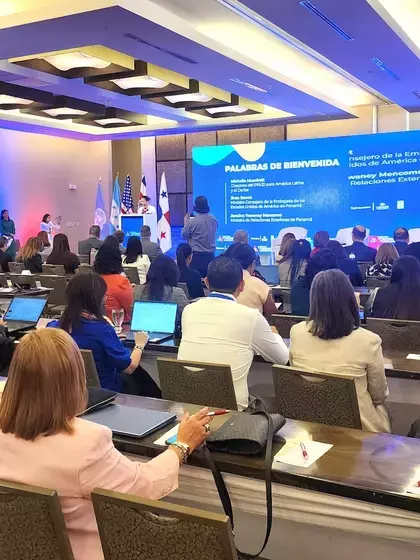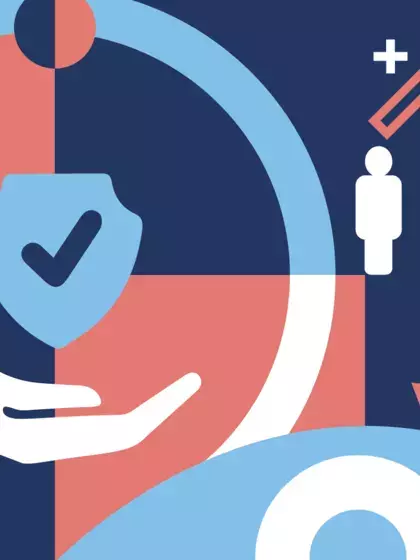Violence against women and girls has become entrenched in the region

Every year, throughout the region, governments invest great resources in campaigns to prevent dengue fever, raising the population’s awareness of the health hazard that a mosquito bite may pose and to prevent the spread of the disease and the resulting deaths. Some campaigns work and keep the population vigilant. Data from the Pan American Health Organization (PAHO) show that between 2010 and 2022 there were 1,241 deaths due to dengue in Belize, Costa Rica, El Salvador, Guatemala, Honduras and the Dominican Republic.
But, what if, instead of 1,241 deaths, the number of deaths had been 20,153, that is, sixteen times more? Everyone would raise their hands to their heads. There would be campaigns in schools, the media and the neighborhoods. Nobody would hesitate to assign huge amounts of resources to stop these deaths. No one would question the figures or the reliability of the data. And, of course, no one would attack governments for tackling a problem of this magnitude.
So, why 20,153 deaths and not 10,000 o 100,000? It is because this is an estimate of the number of women and girls murdered in the same countries over that same time period, according to data by the InfoSegura Regional Project, an initiative of the United Nations Development Programme (UNDP) in Latin America and the Caribbean in collaboration with the United States Agency for International Development (USAID).
There are sixteen times more women and girls murdered than deaths due to dengue. Could it be that anyone still casts doubt on these figures, or justifies them? This situation of violence and discrimination against women seems to be perpetuating itself over time.
At least, that is what seems to emerge from the new Gender Social Norms Index (GSNI) published by the United Nations Development Programme (UNDP) based on the most recent data in the World Values Survey (WVS).
This Index shows that there was no progress in overcoming prejudice against women in the last decade. Approximately nine in 10 men and women in the world currently remain biased against women. Half of the world population still believe men make better political leaders than women, and over 40 per cent is of the opinion that men make better business executives. An alarming 25 per cent of the population believes that a husband is justified in striking at his wife.
“Social norms that impair women's rights are also detrimental to society more broadly, dampening the expansion of human development. In fact, lack of progress on gender social norms is unfolding against a human development crisis: the global Human Development Index (HDI) declined in 2020 for the first time on record—and again the following year. Everyone stands to gain from ensuring freedom and agency for women,” stated UNDP’s Human Development Report Office Director Pedro Conceição.
The report underscores the fundamental role of government in changing gender social norms. For instance, policies regarding maternity and paternity leave have transformed the perception of care responsibilities and reforms in the labor market have also led to changes in the way hiring women is perceived.
Despite ongoing prevalence of biases against women, data indicate that a change is possible. Among 38 countries with data that is comparable over time, 27 experienced a change in the proportion of people who had no bias in any of the indicators. The authors of the report note that if we want to drive change toward greater gender equality, there needs to be a focus on expanding human development through investment and innovation.
Among other things, this means investing in legislative measures and policies that promote women’s equal participation in politics, or reinforcing social protection and care systems.
Innovation can play a fundamental role in addressing harmful social norms, patriarchal attitudes and gender stereotypes. For instance, on the Internet, the fight against hate speech and disinformation on topics of gender can contribute to an evolution in gender social norms toward greater acceptance and equality.
We are at the midpoint toward attaining the Sustainable Development Goals (SDGs) established in the 2030 Agenda, but a lot remains to be done to do away with the blight of discrimination and violence against all women and girls in both the public and private spheres.





